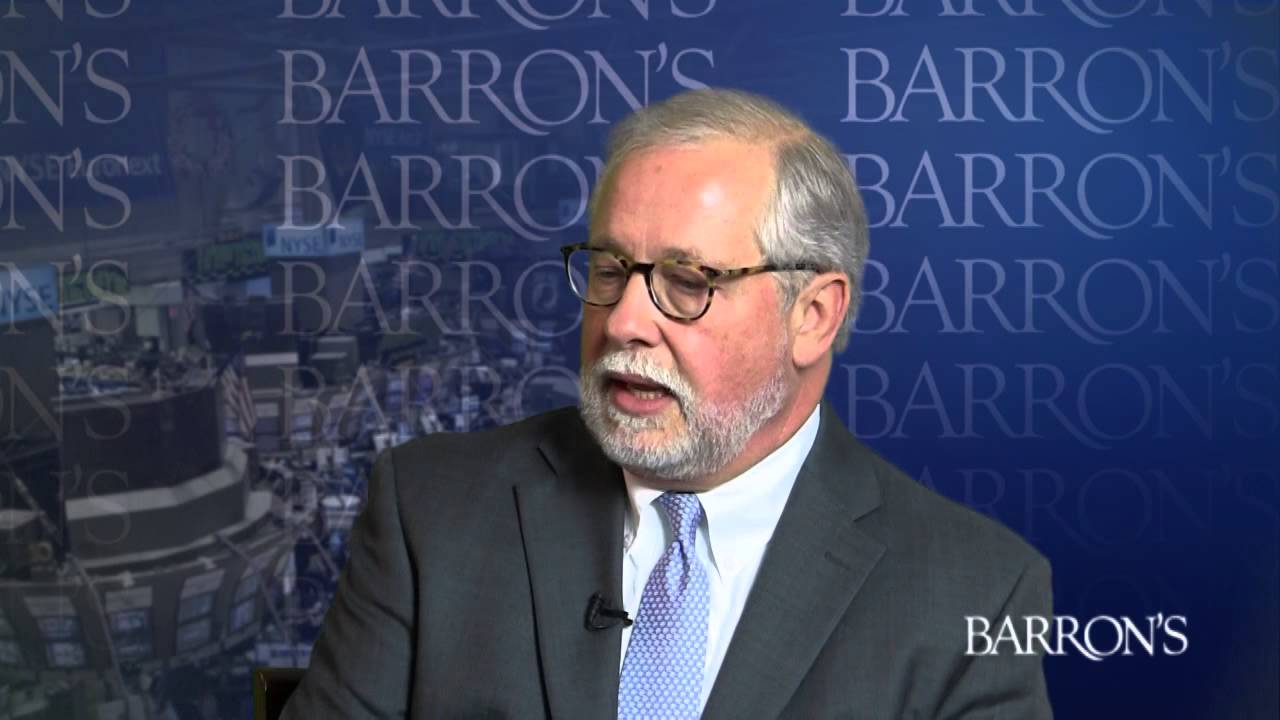Stock screeners can help investors identify stocks to buy based on a variety of criteria. In fact, one helpful predictor of stock price growth can be found with analyst ratings. Though not perfect, an analyst rating can indicate where institutional investor sentiment lies. In this article, I used a screener to help find stocks that analysts love. Because of their access to company insiders, analysts have access to information not normally available to retail investors. This forms the basis of their research that includes looking at a company’s financials. Investors will frequently look at analyst ratings to see if news affecting the stock results in an upgrade or downgrade.
When an analyst upgrades a stock, it could be a sign that the stock is undervalued. The analyst may believe the company’s fundamentals have improved. Or they may believe that an outperforming stock has more room to run higher. Either way, investors can take it as a bullish sign, and if the rating is supported by an attractive price target, it could represent a buying opportunity. Here are seven stocks that analysts have been upgrading in the 90 days ending May 17, 2023.
Darling Ingredients (DAR)
Darling Ingredients (NYSE:DAR) has been rated by 15 analysts in the last three months. Twelve analysts rate the stock as a Strong Buy and another analyst gives DAR stock a Buy rating. Bullish analyst sentiment was supported by the company’s earnings report on May 9. Darling beat on the top and bottom line by double digit percentages. Analysts project about 5% earnings growth in the next 12 months and have a price target that suggests a 39% upside for the stock.
What’s driving the stock is a conglomerate that develops and produces natural ingredients from edible and inedible bio-nutrients. The company has feed, food, and fuel segments. A key driver of the recent stock price growth is its fuel segment. Specifically, the company’s Diamond Green Diesel joint venture with Valero (NYSE:VLO) opened its third renewable diesel plant earlier this year. In the company’s earnings report it noted that this makes Diamond Green Diesel “North America’s largest renewable diesel producer.”
Darling is also expecting to have a catalyst as California mandates that airlines that fly in the state use renewable airline fuel. That leans into the company’s plans to have one of its existing Diamond Green Diesel plants producing Sustainable Aviation Fuel (SAF) by 2025.
Viking Therapeutics (VKTX)
Next on this list of stocks that analysts love is Viking Therapeutics (NASDAQ:VKTX). The stock has been rated by 11 analysts in the last three months with 10 of them giving VKTX stock a Strong Buy rating. In the last 30 days ending May 17, 2023, four analysts have boosted their price targets for the stock. All of the new targets are above the consensus estimate.
Investing in pre-revenue biotech companies can be tricky. There’s no guarantee that a company will be able to get candidates in their pipeline across the finish line. But some recent events provide reason for optimism as it relates to Viking Therapeutics.
One such event was the initiation of a Phase 1 clinical trial for its VX2735 candidate. VK2735 is I development as a weight loss drug that specifically focuses on individuals with Type 2 diabetes or obesity. Viking also has a candidate, VX2809 in Phase 2 trials. This is a treatment for nonalcoholic steatohepatitis (NASH) that may draw the attention of big pharmaceutical companies.
Tenet Healthcare (THC)
If you believe that healthcare is a recession-proof business, you’ll understand why Tenet Healthcare (NYSE:THC) is one of the stocks that analysts love. THC stock is up 49% in 2023, and analysts believe it has more room to grow. Of the 21 analysts that have offered a rating in the last three months, 18 gave the stock a Strong Buy or Buy rating.
The Dallas-based company delivers diversified healthcare services through a network that includes United Surgical Partners International. This is the largest ambulatory platform in the country. The company also operates 61 acute care and specialty hospitals and over 100 additional outpatient facilities. –
And the catalyst for Tenet at the moment is a return to growth. The company’s revenue is soaring as pandemic restrictions ease. As evidence of that the company increased its earnings guidance for the year to a range of $3.21 billion to $3.41 billion at the midpoint. The company also hinted at a dividend to come in the future. THC stock is at the high-end of its 52-week range, but recent price targets suggest there is still room for the stock to rise.
Lantheus (LNTH)
Another stock that analysts love is Lantheus (NASDAQ:LNTH). The company is a leader in developing products to treat “Find, Fight and Follow” cancers with a high unmet need. In addition to having several drugs and therapeutics in the market, Lantheus has a deep pipeline with several candidates in late-stage trials.
The company is not heavily covered by analysts. But of the eight analysts that have issued a rating for Lantheus in the last 90 days, all eight give the stock a strong buy. For its part, the company continues to stack quarter after quarter of record-breaking revenue. LNTH stock is up over 45% in 2023. That being said the price targets give the stock an upside of over 25%. As of May 18, 2023 short interest is a little high at around 5%. However, if the company hits analysts’ forecasts for 10% earnings growth for the year, the shorts could get burned.
Merus (MRUS)
Merus (NASDAQ:MRUS) is the last of the biotech stocks on this list and it may carry the biggest risk/reward dynamic for investors. The company focuses on immuno-oncology drugs and therapeutics. The Biden administration is calling for a cancer “moonshot” that could provide some revenue for the company. This will be important as the company has five candidates in late-stage clinical trials.
MRUS stock is up 41% in 2023 which has pulled the stock up 6% for the last 12 months. But this is a still a small-cap company with a market cap that is just over $1 billion. That could lead some investors to be rightfully cautious. But analysts love the stock. Eleven analysts have issued a rating for Merus in the last 12 months and each one gives it a strong buy rating. The stock currently has a 12-month price target of $42.78. That would be a 95% increase from its current level.
Chemed (CHE)
There are over 6,000 stocks that investors can buy. And I’ll admit, prior to preparing for this article, I was unfamiliar with Chemed (NYSE:CHE). It’s not heavily covered by analysts, but three analysts gave the stock a strong buy in the last 90 days.
The company has a unique business model to say the least. One side of the business is VITAS Healthcare which takes care of palliative care (e.g., hospice). Specifically, the company matches professionals with patients and their families. This will continue to be a growing sector as the aging of America continues. But on the other side of the business is Roto-Rooter (yes, THAT Roto-Rooter) the plumbing and drain cleaning services.
It’s a disparate pair of businesses, but it’s obviously working. The company continues to deliver strong revenue and earnings. And unlike many stocks on this list, Chemed pays a dividend. With a yield of just 0.28%, it’s a modest dividend. But the company has been raising it for the last 14 years. And since the price of CHE stock has increased 64% in the last five years, the dividend is a cherry on top in terms of total return.
Carrols Restaurant Group (TAST)
Last on this list of stocks that analysts love is Carrols Restaurant Group (NASDAQ:TAST). The company is the largest Burger King franchisee in the United States with over 1,000 restaurants in 23 states. The company also operates 65 Popeyes restaurants in seven states.
But that number is coming down. In early May 2023, the company announced it was temporarily closing over 40 of its Burger King franchises due to being built too close to other restaurants. However, when the company reported earnings it posted a sharp increase in sales that gives the company confidence that it may begin to generate positive cash flow. Investors seem to be buying this addition by subtraction narrative. TAST stock is up 267% in 2023. And analysts still believe the stock has 17% upside.
On the date of publication, Chris Markoch did not have (either directly or indirectly) any positions in the securities mentioned in this article. The opinions expressed in this article are those of the writer, subject to the InvestorPlace.com Publishing Guidelines.










